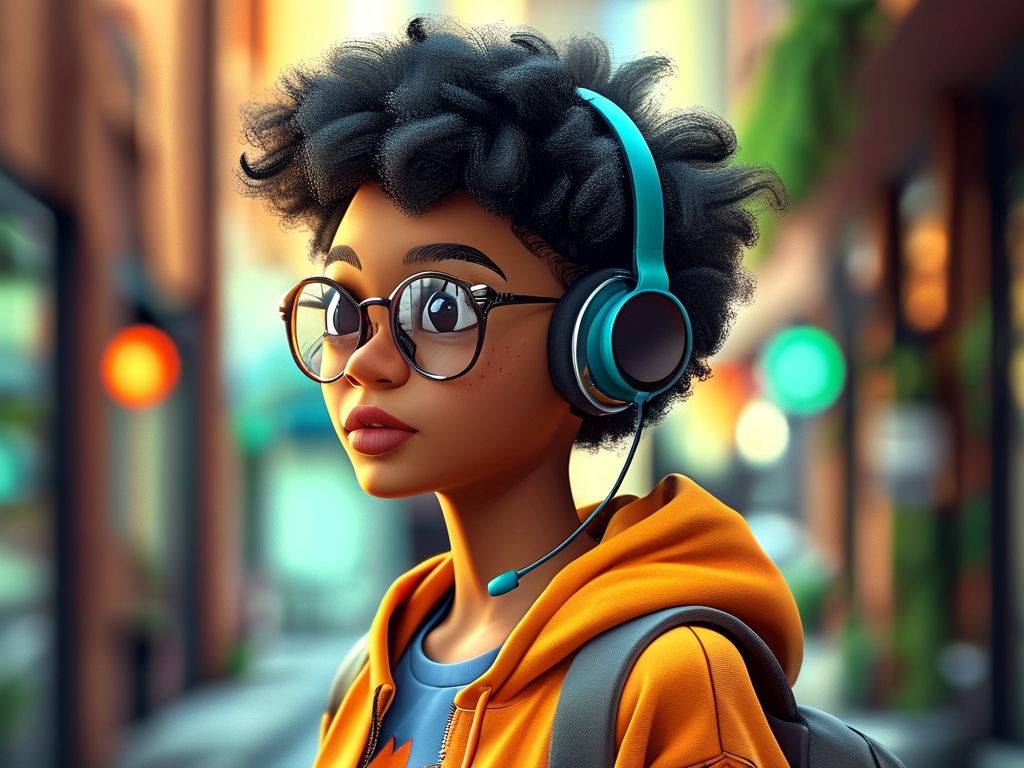As an interaction designer with over a decade of experience, I’ve navigated the evolving landscape of digital interfaces, user behaviors, and technological advancements. Writing about my professional journey isn’t just an exercise in nostalgia—it’s an opportunity to distill lessons that might empower others in the field. Below, I share key insights on how to articulate a designer’s (reflections and lessons) authentically and impactfully.
1. Start with Your "Why"
Every interaction designer’s journey begins with a purpose. Why did you choose this field? Was it a fascination with human psychology? A desire to solve real-world problems? My own path started with observing how poorly designed apps frustrated users, sparking a determination to bridge gaps between technology and humanity. When writing your reflections, anchor them in this foundational "why." It adds emotional resonance and helps readers connect with your narrative.
For example, I once worked on a healthcare app that required elderly users to navigate complex menus. The project taught me that empathy isn’t just a buzzword—it’s the backbone of effective design. By sharing such stories, you illustrate how your motivations translate into tangible outcomes.
2. Embrace the Iterative Nature of Design
Interaction design is rarely linear. It’s a dance of prototyping, testing, failing, and refining. One of my most humbling experiences involved a fintech product that underwent 17 iterations before achieving a seamless user flow. Documenting this process in your reflections demonstrates resilience and adaptability.
Highlight specific tools or frameworks that guided your iterations. Did user personas shape your decisions? How did A/B testing reveal unexpected insights? For instance, I once assumed younger users preferred minimalist interfaces, but usability tests showed they valued contextual guidance over aesthetics alone. Such revelations underscore the importance of data-driven design.
3. Collaborate, Don’t Isolate
No designer works in a vacuum. Cross-functional collaboration—with developers, product managers, and stakeholders—is critical. Early in my career, I underestimated the value of aligning with engineers. This led to beautiful prototypes that were technically unfeasible. Over time, I learned to involve developers in ideation phases, fostering mutual respect and innovation.

Share anecdotes about teamwork. Did a brainstorming session with a marketer lead to a breakthrough feature? How did user feedback from a focus group pivot the project’s direction? These stories humanize your experience and emphasize the collective effort behind successful designs.
4. Balance Creativity with Constraints
Resource limitations, tight deadlines, and technical boundaries are inevitable. Yet, constraints often breed creativity. On a recent project, a strict budget forced me to prioritize core functionalities over “nice-to-have” features. Surprisingly, this constraint resulted in a cleaner, more intuitive interface.
Reflect on how you’ve turned challenges into opportunities. Did regulatory compliance requirements inspire a novel navigation pattern? How did platform limitations push you to innovate within boundaries? These examples showcase problem-solving skills and strategic thinking.
5. Stay Curious About Emerging Trends
The interaction design field evolves rapidly. From voice interfaces to AI-driven personalization, staying updated is non-negotiable. I allocate time weekly to explore tools like Figma’s Auto Layout or study behavioral economics principles. Writing about these learning curves not only tracks your growth but also positions you as a lifelong learner.
Discuss how trends have influenced your work. For instance, the rise of dark mode prompted me to rethink accessibility standards, while GDPR regulations reshaped how I design consent flows. Linking trends to practical applications makes your reflections timely and relevant.
6. Measure Impact Beyond Aesthetics
A common pitfall for designers is equating success with visual appeal. True impact lies in usability and user satisfaction. I once redesigned an e-commerce checkout page that looked stunning but increased cart abandonment rates. Analytics revealed hidden friction points, teaching me to prioritize function over form.

In your writing, quantify outcomes where possible. Did your redesign improve conversion rates by 30%? Did user testing scores rise after simplifying a workflow? Metrics validate your contributions and ground your reflections in reality.
7. Advocate for Ethical Design
With great power comes great responsibility. Interaction designers shape how people interact with technology—a role that demands ethical consideration. I’ve declined projects that promoted addictive scrolling or dark patterns, even at the cost of short-term gains.
Reflect on dilemmas you’ve faced. How did you balance business goals with user well-being? Did you champion accessibility standards for marginalized groups? These discussions highlight your integrity and deepen the societal relevance of your work.
: Crafting Your Narrative
Writing about your journey as an interaction designer isn’t about showcasing perfection—it’s about authenticity. Embrace vulnerability by sharing failures as openly as successes. Structure your reflections around themes like empathy, collaboration, and adaptability, using concrete examples to illustrate abstract concepts.
Ultimately, your should inspire and educate. Whether you’re addressing budding designers or seasoned professionals, let your passion for creating meaningful user experiences shine through. After all, every click, swipe, and interaction we design carries the potential to make someone’s day a little easier—and that’s a story worth telling.




